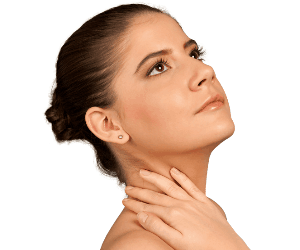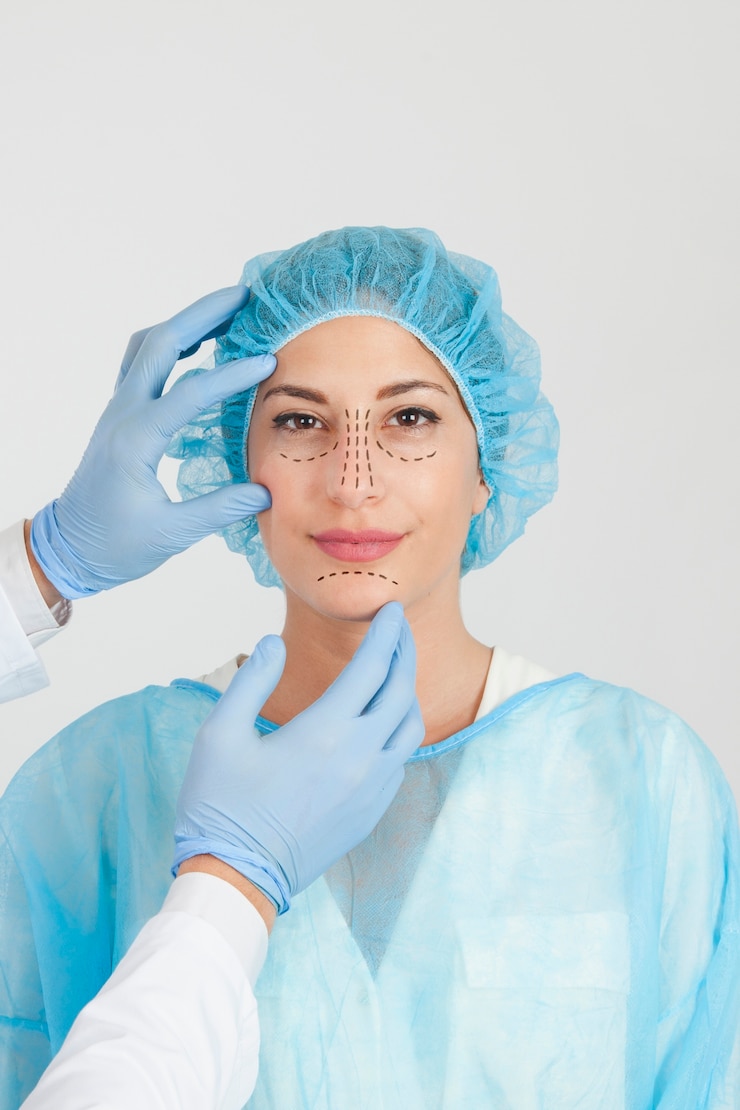Alarplasty, or alar reduction surgery, is a targeted cosmetic procedure that focuses on altering the size or shape of the nostrils. It is especially popular among individuals seeking to address wide or flared nostrils to achieve a more balanced facial appearance. Understanding the step-by-step process of Alarplasty in Dubai can help alleviate concerns and provide clarity on what to expect during the surgery.
Consultation and Planning
The first step in the alarplasty process is a thorough consultation with a board-certified plastic or cosmetic surgeon. During this consultation:
- Evaluation of Facial Proportions: The surgeon will examine the nose and facial features to determine how alarplasty will complement the rest of the face. They will take photographs and measurements to assess the symmetry, size, and shape of the nostrils in relation to other facial features.
- Discussion of Aesthetic Goals: Patients discuss their expectations and desired outcomes with the surgeon. Whether they are looking to reduce nostril flare or address asymmetry, it’s important that the surgeon understands the patient’s goals to ensure a satisfactory result.
- Pre-Surgery Instructions: The surgeon provides pre-operative instructions, which may include guidelines on medications, diet, and avoiding smoking or alcohol prior to the procedure. The patient may also need to refrain from taking blood-thinning medications.

Anesthesia
On the day of the surgery, the patient is prepped and anesthesia is administered:
- Local Anesthesia: In most cases, alarplasty is performed under local anesthesia with sedation. This means that the patient remains awake but numb, and any discomfort during the procedure is minimized.
- General Anesthesia (Rare Cases): In certain cases, particularly if alarplasty is being performed in conjunction with other procedures like rhinoplasty, general anesthesia may be used.
Incision Placement
The core of alarplasty surgery involves creating small, discreet incisions along the alar base (the area where the nostrils meet the cheek). This step is key to reshaping the nostrils effectively:
- Incision Design: The surgeon strategically designs the incision based on the individual’s nasal structure and desired results. The incisions are typically placed within the natural creases of the nose to minimize visible scarring.
- Types of Incisions: Surgeons can choose from various incision techniques depending on the goal of the surgery, such as wedge excision (removing a wedge of tissue from the nostril base) or suture excision (which involves reducing tissue and using sutures to reshape the nostrils).
Tissue Removal and Reshaping
Once the incisions are made, the surgeon proceeds with removing small sections of tissue from the nostrils. This step involves:
- Tissue Reduction: Depending on the degree of flare or nostril size reduction needed, a precise amount of tissue is removed to achieve the desired shape. The goal is to maintain a natural look that complements the patient's facial structure.
- Reshaping the Nostrils: The surgeon then carefully reshapes the remaining tissue to create nostrils that are smaller, more proportionate, and symmetrical. This requires a fine balance to ensure the results are subtle yet noticeable.
Suturing and Closure
After the reshaping process is complete, the incisions are closed using fine sutures:
- Suturing Technique: Surgeons use dissolvable or non-dissolvable sutures depending on the individual case. These sutures help to hold the newly reshaped nostrils in place as they heal.
- Scar Minimization: Because the incisions are placed in the natural creases of the nose, scarring is generally minimal. Over time, the scars fade and become barely noticeable.
Post-Operative Care and Recovery
Once the surgery is complete, patients are monitored for a short time before being discharged. The recovery process for alarplasty is relatively quick and straightforward:
- Immediate Aftercare: Patients can expect some swelling, bruising, and minor discomfort around the nostrils. Cold compresses and prescribed pain medication can help alleviate these symptoms.
- Post-Surgical Instructions: The surgeon will provide detailed aftercare instructions, including how to clean the incisions, when to take prescribed medications, and any activity restrictions (such as avoiding strenuous exercise for a few weeks).
- Suture Removal: If non-dissolvable sutures are used, the patient will need to return to the clinic about one week after surgery for suture removal.
Follow-Up Appointments
Patients typically have follow-up appointments with their surgeon to monitor the healing process and ensure that the results are as expected:
- Initial Check-Up: Within the first week or two, the surgeon will assess the healing of the incisions, remove any non-dissolvable sutures, and ensure there are no complications.
- Long-Term Follow-Up: After a few months, the surgeon will evaluate the final results to confirm that the nostrils have settled into their new shape. Any concerns about symmetry or scarring can be addressed during these appointments.
Final Results
The results of alarplasty become more noticeable as swelling subsides. Patients can expect to see the full outcome of their surgery within a few weeks to months:
- Natural-Looking Nose: The goal of alarplasty is to achieve a natural-looking improvement that harmonizes with the rest of the face. Most patients find that their nostrils appear smaller and more proportionate, enhancing their overall facial aesthetics.
- Permanent Changes: Unlike non-surgical procedures, alarplasty provides permanent changes to the shape of the nostrils. Once healed, the results are long-lasting and do not require maintenance or touch-ups.
Conclusion
Alarplasty is a highly effective and minimally invasive surgery that offers significant aesthetic benefits for those seeking to reshape their nostrils. The step-by-step process, from consultation to recovery, is straightforward, with minimal risks and a relatively short recovery time. By carefully selecting a qualified and experienced surgeon, patients can achieve subtle yet transformative changes that enhance their overall facial balance and confidence.





Comments